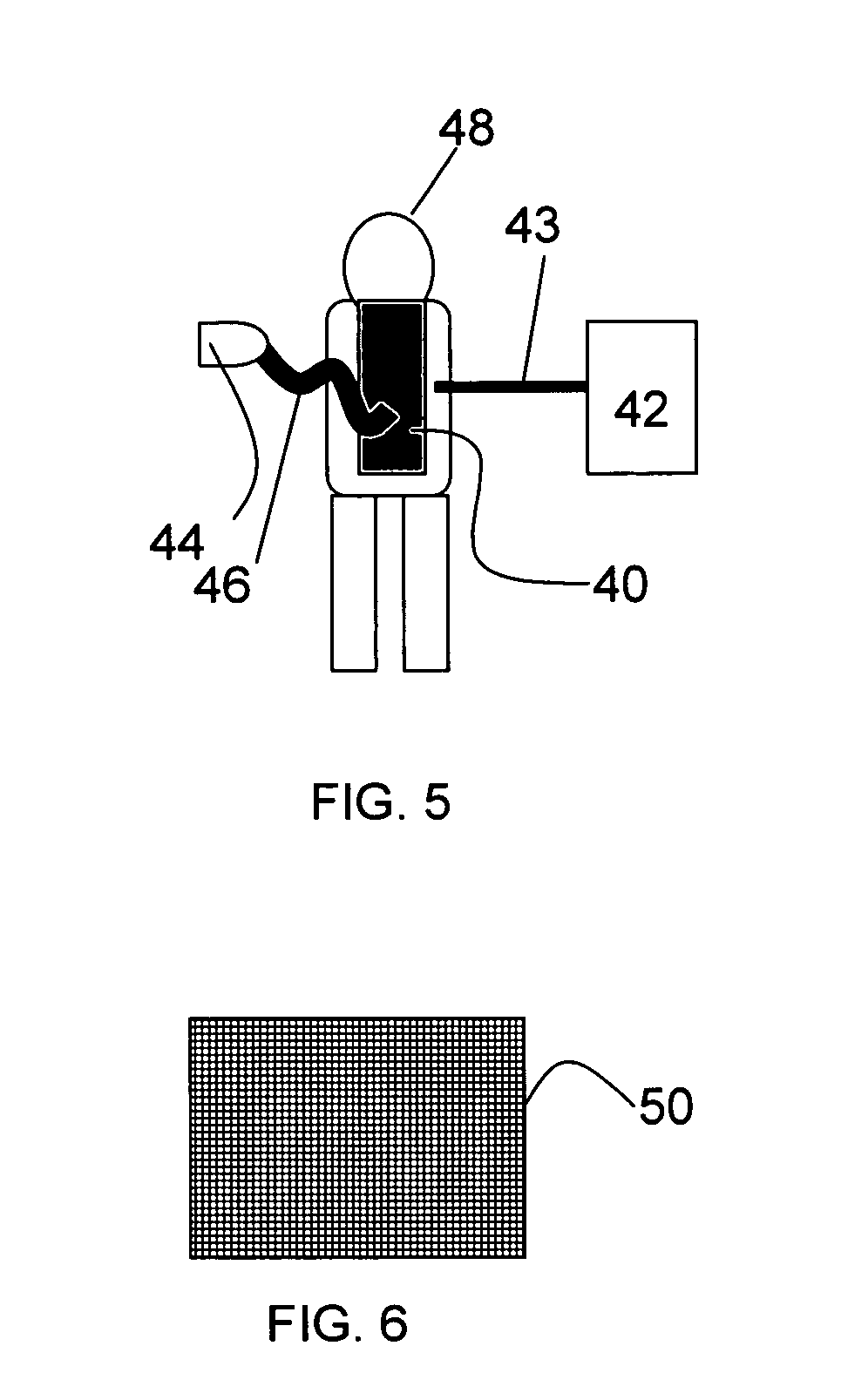Methods and devices for depopulating avian species
a technology for depopulation and avian species, applied in the field of methods and devices for mass depopulation of livestock, can solve the problems of influenza (ai) posing a significant threat to the united states poultry industry, the usefulness of conventional vaccination as an eradication tool remains unclear, and the threat of human and animal safety. serious and the threat of livestock disease outbreaks
- Summary
- Abstract
- Description
- Claims
- Application Information
AI Technical Summary
Problems solved by technology
Method used
Image
Examples
example 1
Foam Depopulation Using a Modified High Expansion Foam Generator
[0050] Foam depopulation of chickens was done using a modified high expansion foam generator. An Ansul (Marinette, Wis.) Mini Fomax high expansion foam generator was modified to produce carbon dioxide (CO2) enriched foam. In a typical fire suppression application, the foam generator uses a mix of water, foam concentrate and ambient air to create high expansion foam. Water was introduced into the system from a high-pressure source. The foam generator was hydraulically powered by water diverted to a nozzle that generates a high-pressure stream. The water stream caused a cast rotor to spin and the rotor that in turn rotates the fan to create an air flow from ambient air. The high-pressure water flow created a vacuum that extracts foam concentrate from an external tank. The water-foam concentrate mixture was atomized and introduced into the air stream where it expanded into foam that appears similar to a rich dishwashing ...
example 2
Single and Dual Foam Generators
[0053] Two prototypes have been developed, a single foam generator and a dual foam generator unit. The prototype foam depopulation unit includes two pieces: a mobile foam generator cart and a powered hose reel. The hose reel is based on a KIFCO B210 hard hose traveler with 176.7 m of poly hose, a gasoline driven pump capable of 321 L / s at 689 kPa, a gasoline hose drive motor and a variable rate foam concentrate injection pump. The gasoline pump provided the required pressure and flow for the water. Immediately after the water pump, the foam concentrate was injected into the water stream via a variable rate injection pump to achieve the desired ratio of foam concentrate to water flow. This allows the main pump to pump water only, which reduces wear on the pump. A small gasoline engine powers the hose reel and can retract the rigid hose connecting the hose reel to the foam generator, allowing the generator to be pulled back through the poultry house. T...
example 3
Depopulation Procedures for Poultry
[0056] A series of experiments were done to evaluate the depopulation methods on poultry, in particular chickens. Before testing began, the birds were moved into the euthanasia chamber or holding pen. After the birds were in place, foam was introduced into the chamber. The time to fill the chamber, the time for the birds to reach full immersion and the cessation time of the birds were recorded. The birds could not be viewed directly through the opaque foam. Observation of the foam and movement thereof determined cessation time. The consistency of the foam caused the surface of the foam to shift when there was any bird movement within the foam. When surface movement of the foam ceased, cessation was assumed.
[0057] Five minutes after the start of foam application, all birds were tested following AVMA (2001) guidelines for checking euthanized poultry. Cervical dislocation was used to extinguish any bird that was unconscious, but not clinically dece...
PUM
 Login to View More
Login to View More Abstract
Description
Claims
Application Information
 Login to View More
Login to View More - R&D
- Intellectual Property
- Life Sciences
- Materials
- Tech Scout
- Unparalleled Data Quality
- Higher Quality Content
- 60% Fewer Hallucinations
Browse by: Latest US Patents, China's latest patents, Technical Efficacy Thesaurus, Application Domain, Technology Topic, Popular Technical Reports.
© 2025 PatSnap. All rights reserved.Legal|Privacy policy|Modern Slavery Act Transparency Statement|Sitemap|About US| Contact US: help@patsnap.com



